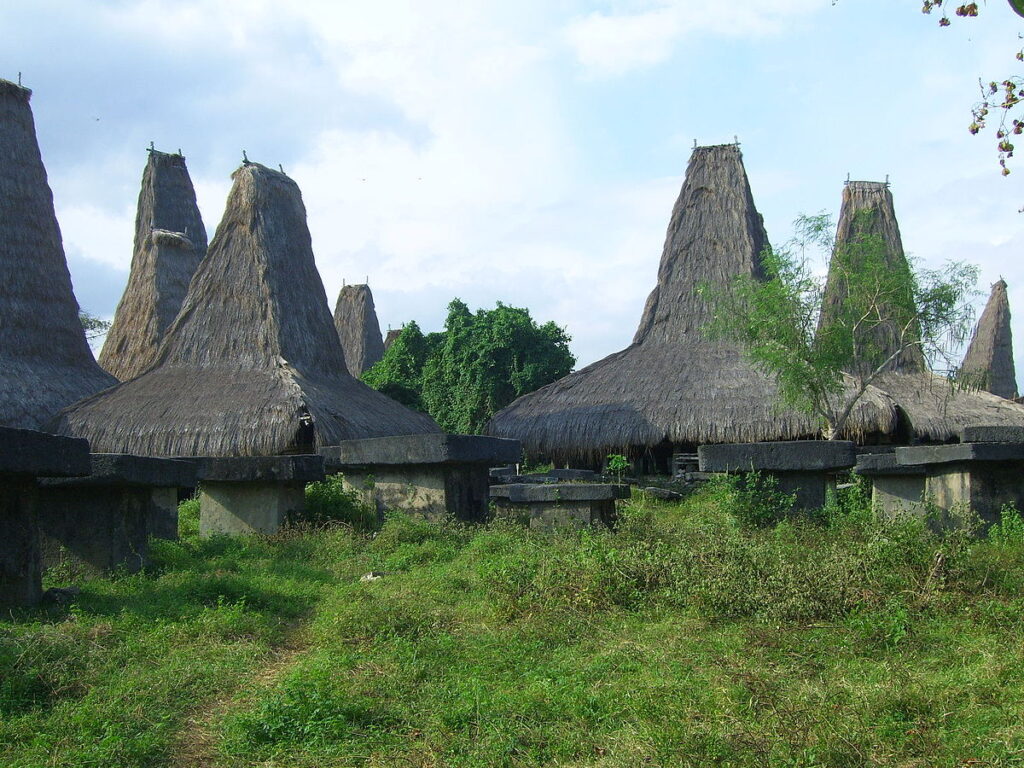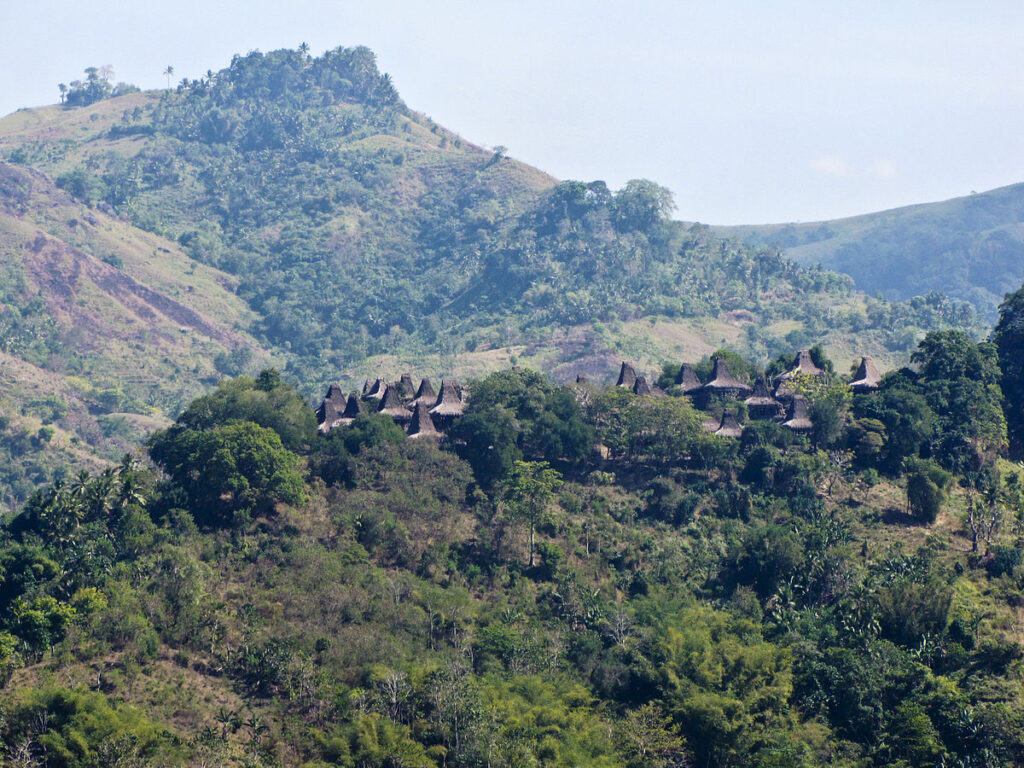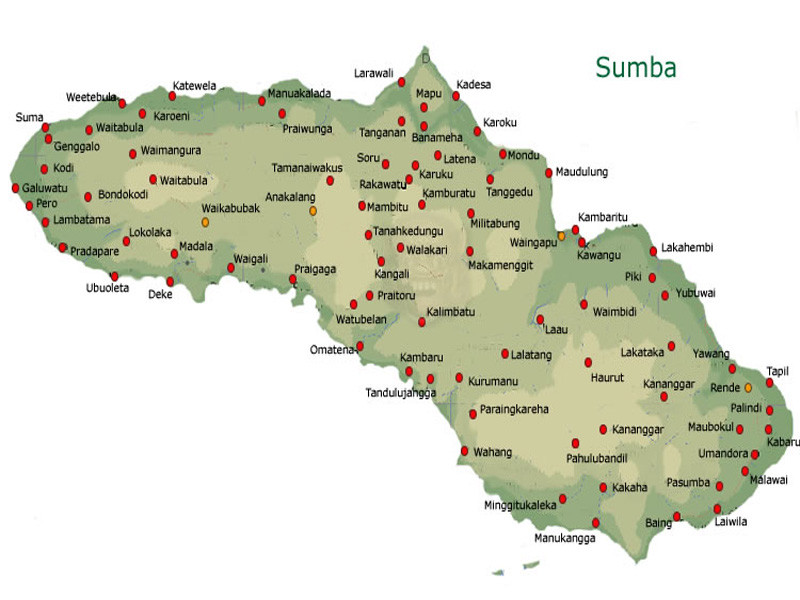Origins
The structure and morphology of Indonesia were dictated by the Himalayan orogeny which, in the Cenozoic, folded and uplifted the prevailing Mesozoic sediments. The tectonic formation of Indonesia is therefore recent, despite the outcropping of older materials, and the large archipelago is a sort of ‘bridge’ between the two Asian and Australian continental masses, still the scene of a lively evolution, as demonstrated by seismicity and volcanism.
The ancient population of the Indonesian territory is attested by the remains of Homo erectus, who lived over half a million years ago, found in Java.
Among the megalithic cultures of south-eastern Asia two main phases can be differentiated which link the Indonesian world with the Neolithic and the metal ages of Indochina and southern China.
The first (monumental style, probably began already in the late Neolithic (2nd millennium BC), features dolmens, menhirs, lithic sculptures, with few decorative motifs of a very simplified geometric type, and is perhaps represented by the remains of ancient lithic figures of ancestors from Java and Sumatra.
The second, which is expressed in a type of dense decoration rich in curvilinear motifs ornamental style, is related to the Indochinese cultures of the Dong-son Bronze Age and in some cases (central Borneo, central Flores) with the metallurgical production of late Chou China.
Introduced to Indonesia. before the beginning of our era together with goldsmithing, weaving ikat, new types of dwellings (with saddle and boat-shaped roofs), plank boats, new religious and inhumation rites (burials in urns, in tombs and lithic slabs), this style, found on ritual and common use objects, is still adopted today by the majority of Indonesian populations of ethnological interest (Batak of Sumatra, tribe of the Mentawai islands, of central Borneo, Celebes, Moluccas, Flores, Sumba, Tanibar,
Mindanao).
The geographical denomination refers to the set of approximately 14,000 islands located SE of the Asian continental mass from the Bay of Bengal to the Arafura Sea, between the Indian Ocean, the South China Sea and the Pacific Ocean, which form the largest archipelago of the world. The Republic of Indonesia includes the Greater Sunda Islands (Sumatra, Java, Celebes and Borneo), the Lesser Sunda Islands (Bali,
Flores Sumba etc.) and the Moluccas, as well as, since 1963, the western sector of New Guinea (since 1973 called Irian Jaya and since 2002 Papua), which from a physical point of view does not belong to the archipelago.
A rural country, Sumba is dotted with villages, mostly called kampong the same name also refers to informal settlements on the urban outskirts; both fishing and agricultural, and in any case generally located along the coast or on the banks of rivers, the kampongs constitute elementary and spontaneous community settlement forms, essentially autarchic, even when they follow one another very close to each other, as in the most fertile areas.





